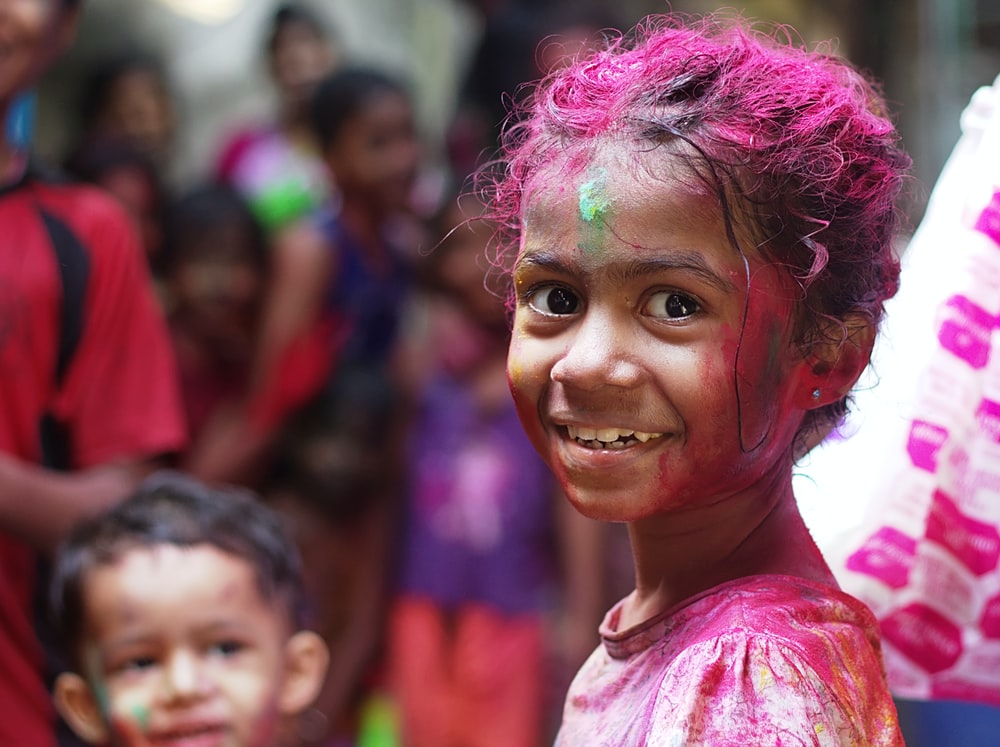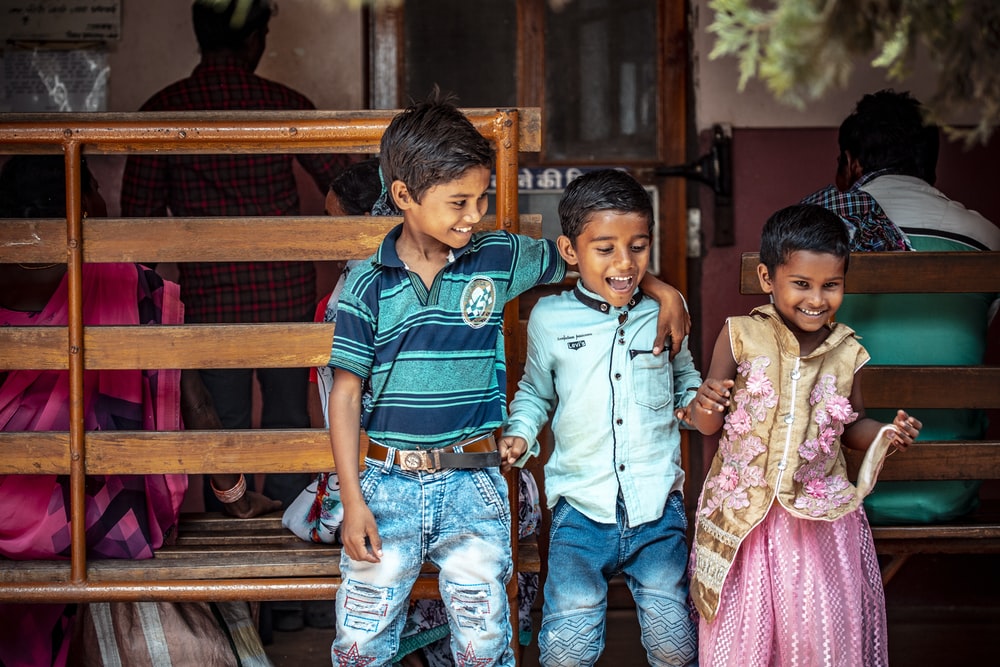India is undoubtedly home to among the world’s biggest healthcare systems. With great challenges, you may wonder, does India have free healthcare system?
Yes, the country provides albeit basic and free healthcare to more than one billion individuals. This is a big achievement.
Along with eradicating polio a decade ago, communicable diseases also decreased by around 50%. All these are a tremendous feat for the second most populated nation in the world.
But are these achievements enough. Can the Indian government do more than that to improve the healthcare system and how it works in the country?
Overview
India is one of the countries with a decentralized healthcare system, with its government supplying funds to around eight union territories and 28 states that offer services to people.
The right to health is usually codified in India’s constitution. Though historical lack of governmental actions and underfunding makes the reality much more complicated.
Globally, the country has the fifth-biggest economy, with a Gross Domestic Product of around $2.8 trillion. However, it only spends around 1.3% of it its public healthcare systems.
You can compare this with the United States, which spends more than 16% of its GDP on health. Fortunately, this has started changing.
History vs. Today
The ministry of health in India was started after gaining independence in 1947. Since then, the government has been making health a priority in its five-year plans, all of which dictates state spending priorities in the next five years after independence,
In 1983, the parliament endorsed the National Health Policy. This policy aimed at the best health insurance in India by 2000 and the program got updated two years later.
Currently, India’s healthcare is mainly administered by the states in the country. India’s constitution tasks all the states to provide healthcare for their people.
The national government decided to launch the NRHM (National Rural Health Mission) 17 years ago to address the lack of healthcare insurance in every rural area. The mission focuses enough resources on poor states and rural areas that have weaker healthcare services, hoping to improve the medical care system in the poorest regions in India.

Market Size
By the end of 2022, the healthcare industry in India will increase by three-fold to reach around RS. 8.7 trillion. According to their 2021’s budget, the public expenditure on medical care stood at approximately 1.3% as the GDP percentage.
The growing middle-class and the burden of new illnesses are increasing the need for healthcare insurance.
With this increasing demand for quality and affordable healthcare, the introduction of health insurance is expected to grow in the next few years.
What Challenges Does Healthcare System Face?
India’s healthcare, especially, has witnessed an evolution. Right from unimaginable surgeries carried out by robots to advanced biomedical tools, the healthcare sector in the country is at its peak.
But along with fast-paced developments comes the challenges of having the second-biggest population globally. The increasing population places a strain on the healthcare resources in the country, whereas longer life expectancies put too much stress on the healthcare system.
With this industry struggling under the industrial problems, there is a high demand for healthcare employees to be:
- Provided with new resources
- Updated with more skills
Healthcare and Covid-19
The global pandemic, Covid-19, did put a lot of stress on India’s already limited healthcare services. A certain study focusing on the infectivity of the virus prove that an infected person can infect two other individuals.
According to the study as well, coronavirus took almost 68 days to infect more than 100,000 individuals, while another lakh got infected in the next two weeks. But thanks to vaccines going around to keep the population safe, the risks of infection will decrease exponentially.
Healthcare System and the Government
India has dynamic biotechnology and pharmaceutical industries, with a clinical trials industry, world-class scientists, and leading healthcare centers, which treat better-off citizens and attract foreign patients.
Yet public health and Indian government officials all agree that the nation faces daunting and persistent health challenges, especially for the poor citizens. These include low birth weights and child undernutrition, which may result in lifelong health issues or premature death.
As the government strives to offer comprehensive health insurance for everyone, the rapidly developing healthcare system of the country remains one area of concern.
Regardless of the government’s effort to improve the healthcare system, there are still some disparities in health between richer and poorer states and underfunded systems, which in most cases are unregulated and ineffectively run.

Final Say!
Every Indian may get inpatient and outpatient care at a government facility. Under the constitution, each state in the country is responsible for offering healthcare services.
However, India can do better than this by not just keeping health records electronically but also providing equal healthcare services to every citizen in the country.

